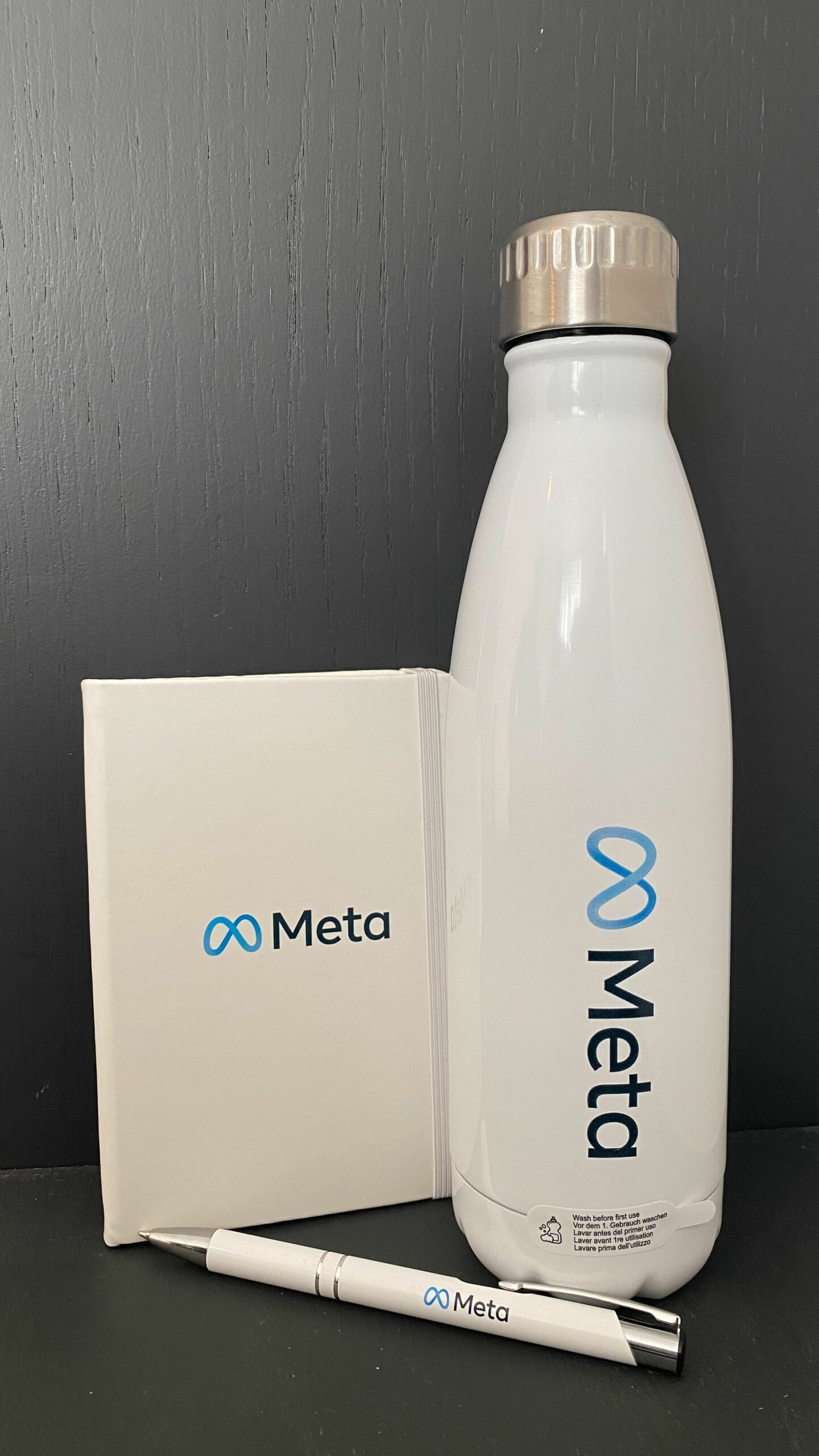Month: July 2022
Digital Agencies Should Take a Punt on Start-Ups
One thing I’ve learned running agencies and leading teams in larger agencies, is that saying ‘no’ to potential clients can save you a lot of time and energy in the long run, for both the agency and the client.

In the early days of AlgoRhythm, it was really hard to say ‘no thanks’ or rather, ‘I don’t think we are the right agency for you’ as we really needed the business. Do you really want to say no to revenue, any revenue, even if you think you can’t help the client or worse, they are a nightmare to work with or even worse, the product is terrible?
Being selective really felt like a luxury and one we couldn’t afford, so we said ‘yes’ to everything. And it was a nightmare. We could tell that small fee clients were going to be really high maintenance. We could tell that some weren’t prepared to invest in the channels properly or had unrealistic expectations on ROAS.
Over servicing small clients is a real challenge for smaller agencies, you really want to do a great job and you really want to scale with your clients. But it’s simple math in the long run. If you’re only billing them for two days per month but the team is collectively chewing up five days, that’s three days you’re delivering for free that you could be charging out to another client. It’s all about capacity management and we all know how much the team LOVE using Toggl to track their billable hours!
The flip side of that though, is being too regimented with time, charging for meetings and updates or billing days over the retainer and that always felt like one of the things we wanted to change with AlgoRhythm. It’s why many of our clients came to a smaller agency in the first place. We’re on Slack, we can hop on a Zoom, we’re more agile and whilst I chase the team up for Toggl hours at the end of the month, I’m not asking the team to Toggl loo breaks!
Pitching is a big investment for agencies. We regularly pour 3-5 days collectively into a good pitch deck, including research, recommendations and often campaign creative. If we don’t win the pitch, we can’t charge anyone for that time, it’s the investment we make into potentially winning that business and we’re comfortable with it. By the way, we win a few too and we don’t charge the client for that time retrospectively either. Of course we have hit the ground running and can usually use a lot of the thinking and creative to really get the campaigns flowing.
Where am I going with this? Ah yes, so, as we evolved our brand into digital agency rebels and talk about pillars like authenticity and transparency, we often say ‘no’. Usually this is because we don’t think we can help, don’t think we can help with the budget in the RFP, or mainly because it’s not really our focus. We COULD do organic social, we COULD do influencer campaigns but our main focus is SEO, paid search and paid social. Very occasionally, we say no because we have a strict no asshole rule. Life’s too short, man.
However, one thing we have been doing a lot of recently, is validation projects for start-ups. What does that look like?
An entrepreneur has an amazing idea, they’ve developed a prototype app, or have a fascinating service idea and they want to validate the idea by testing the waters in the channels. So rather than investing 3-5 days into a pitch deck, we give them the agency to build out the creative and targeting methodology and run and optimise the campaigns in the channels to validate that, yes, the market wants the product and, yes, they can acquire the customer for a reasonable CPA. And they can use these metrics and insights to build out a far more accurate forecast for investors and show a demonstrable product/market fit.
On top of that, they also get interesting insights into what channels are working, what ad types and assets are working and the right copy approach.
What’s in it for the agency? Commercially, if you do an incredible job and the entrepreneur is successful in raising capital, you get to be that ‘agency fee’ line in the forecast and if you pick your start-ups and ideas well, they can be decent mid to large monthly fee clients. But it isn’t all about the fees, it’s just really interesting and fun to work on some of these incredible ideas. You’re dealing with smart, driven innovators and they usually have incredible networks. AlgoRhythm has had a few intros via these entrepreneurs that are now fully fledged clients.
We’ve helped a broad range of start-ups validate product/market fit from B2B SaaS and wellness apps, to full on ecom plays and social impact. We love it and yes you have to make sure you manage the time well and continue to do a great job for existing clients but I think it’s also an excellent way to keep the team motivated and flex their creative and technical muscles, especially if you let the team select the start-ups they want to help.
One of the projects we are working on in the NFT space (we actually have two NFT related projects on the go) was told by a mid size agency that they would need £150K to validate their idea. This is horseshit. We’ve produced amazing validation, with deep insights that informed P&Ls and forecasts with £500 media spend, 2 days of creative and 3-5 days of campaign implementation, optimisation and analysis.
We’ve also produced an incredible, fully animated and narrated explainer video and conducted twenty two, 30 minute in-depth interviews with enterprise CTOs and CMOs, for a software start-up where 100% of the interviewees wanted early access to the product. That cost about £1100 and a good five days of prep, interviews, analysis and interpretation.
The investments these start-ups are looking to raise, range from £1.5m up to £20m and in the GTM strategy there’s 3-5 years of runway for a creative and performance marketing partner.
So should digital agencies take a punt on start-ups? Yes they should, with eyes wide open and not purely for the bottom line but it is so… much… fun.
Choosing The Right Paid Media Platforms For Your Business
So you want to start running ads on media platforms, that’s great! There are plenty of platforms you can choose from. From Meta (Facebook) to Google Ads, it can be hard choosing which one best fits your business goals. Here are a few things to consider when making your digital marketing plan.
- What are your business goals?
Finding the right platform that matches your business goals and budget is one of the key elements to meeting KPI’s. You’ll want to advertise on platforms that offer you the right promotional features, be it objectives towards purchases, traffic to your website or brand awareness. Some platforms are better at delivering your goals than others depending on your target audience and creative choices. There is of course, the choice of expanding and using multiple platforms as you test and refine your methods.
- What is your budget?
Meta is known for its cost per clicks going as low as 1p and click through rates in the region of 1% (depending on industry). Whereas if we look at Linkedin’s audiences, these numbers could sit around £5 per link click and 0.55% CTR. You’ll just need to be aware of which platform your audience is more likely to engage with and the targeting options available. Use the forecast tools on each platform as you plan out your audiences to see what you’re likely to achieve.
Say you have a budget of £1,000 and your target cpc is £0.70, you’re likely to receive 1,428 link clicks on your ads on Meta. This of course comes down to the audience you’ve selected and the relevancy of your ads/creative.
- Who is your target audience
Almost everyone is online and is using some sort of social media platform and a lot of people use google to search for products and services. Are you planning on searching for people with particular interests that relate to your product or service? Then Meta could be the best place for you to go. Or are you looking to directly target other businesses with your product or service? Then LinkedIn or even Google Ads could be the place for you.
You’ll also want to think about which platform enhances customer lifetime value and provides opportunities to retarget existing customers. To help with increasing customer lifetime value or customer retention some platforms allow you to upload existing customers and allow you to build lookalike audiences. This can come through testing and evaluating your strategy as time goes on.
- Consider the type of content you create
There’s loads of content formats you might be producing but you want to put your best foot forward when advertising. As different platforms host such diverse audiences, you’ll need to cater your content to suit them. If you’re making reels and videos or even using UGC then maybe TikTok, Meta and Instagram is the best place for you to be. Think about your target audience and what story they’re more likely to engage with.
- Where are your competitors?
You should be aware of what platforms your competitors are using to promote their products or services. It’s more than likely that you’ll need to compete against them for bids on your desired target audience. Consider their ad strategy and refine yours to reach your audience in a cost effective way. Meta and Google have great systems in place to view what content competitors’ are putting out there or to view who you’re bidding against for certain search terms.



